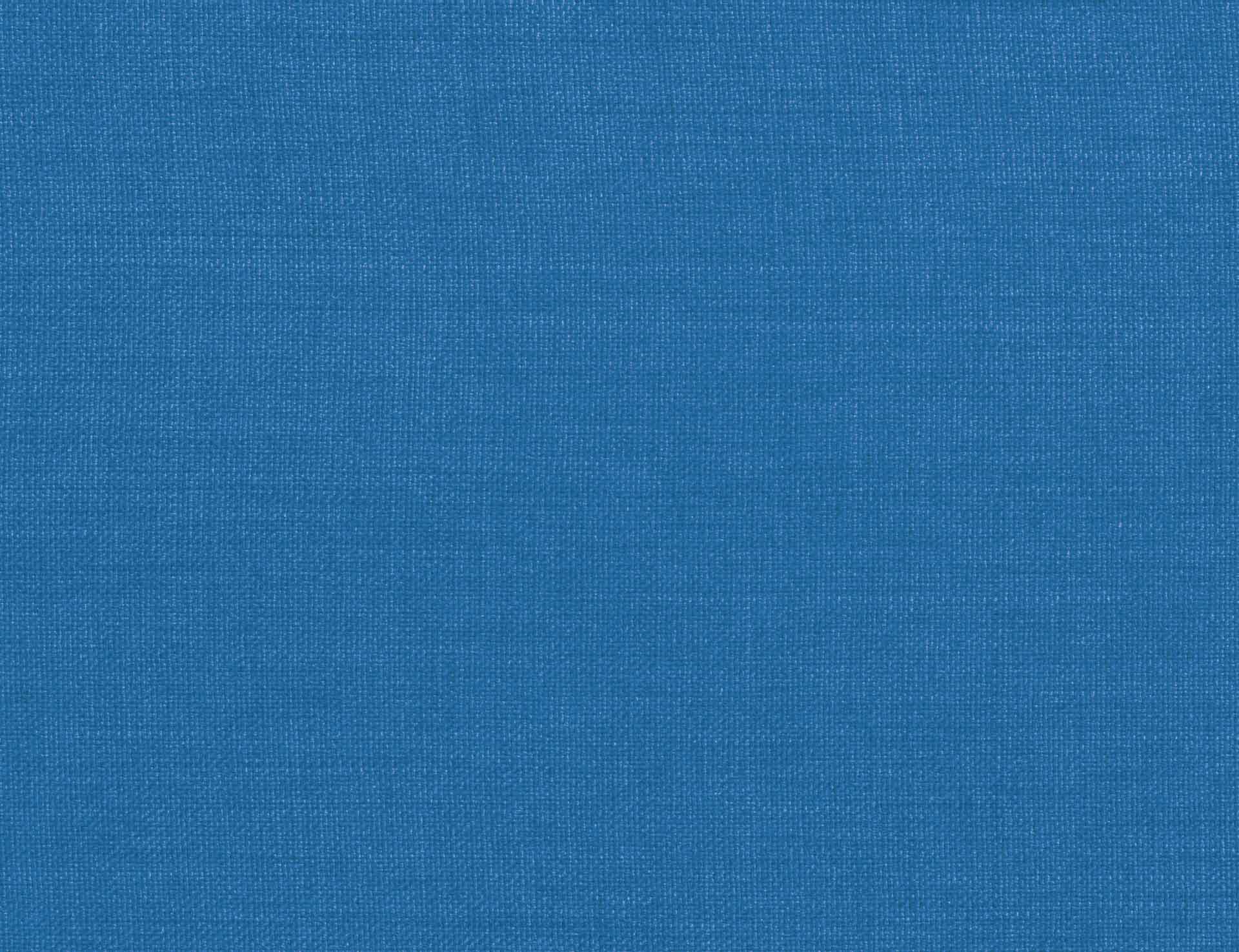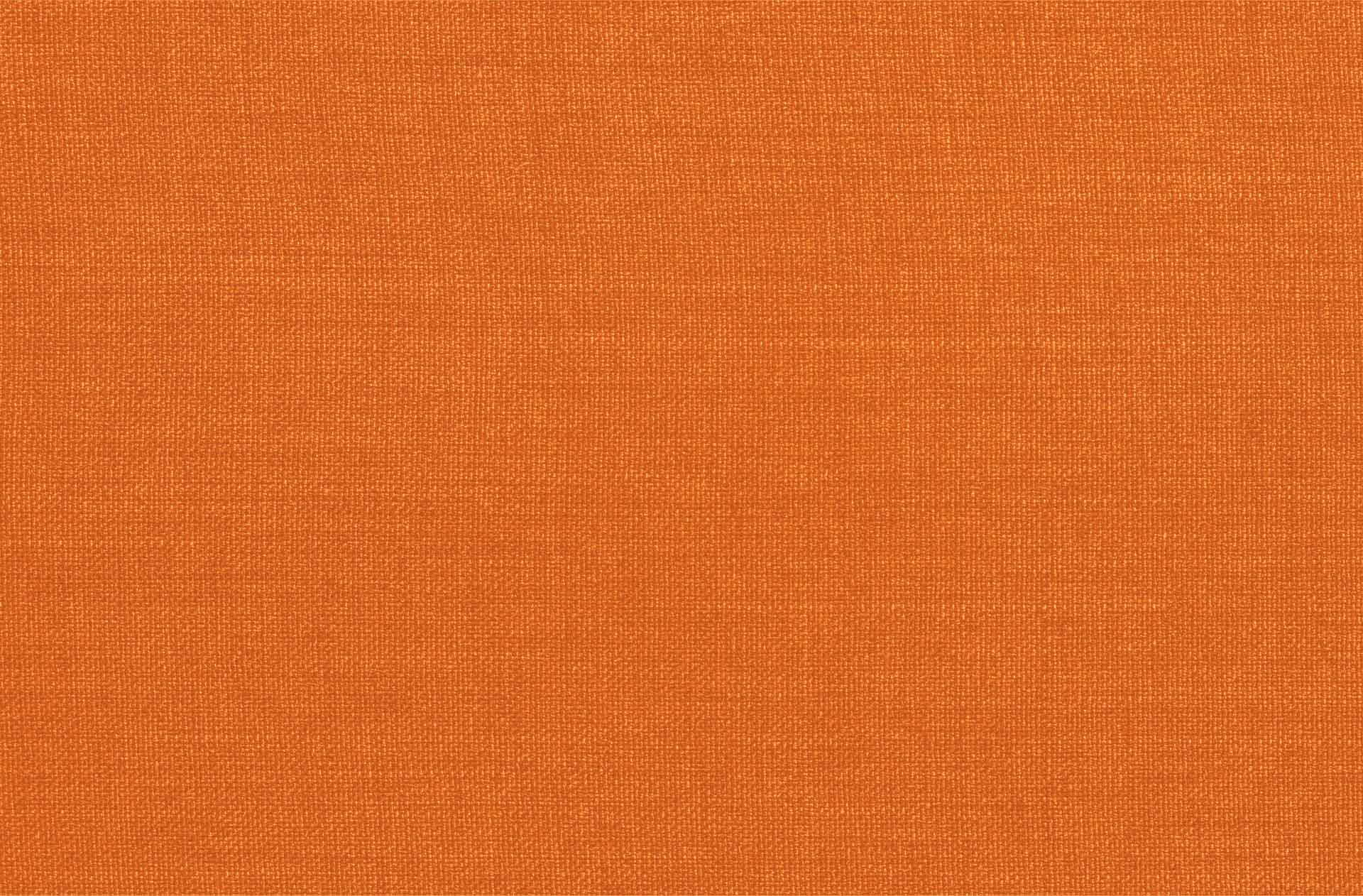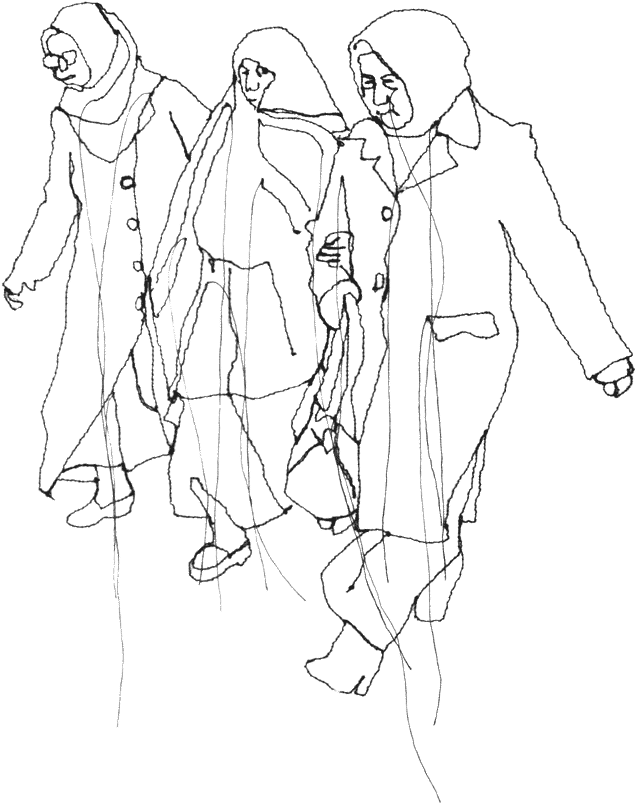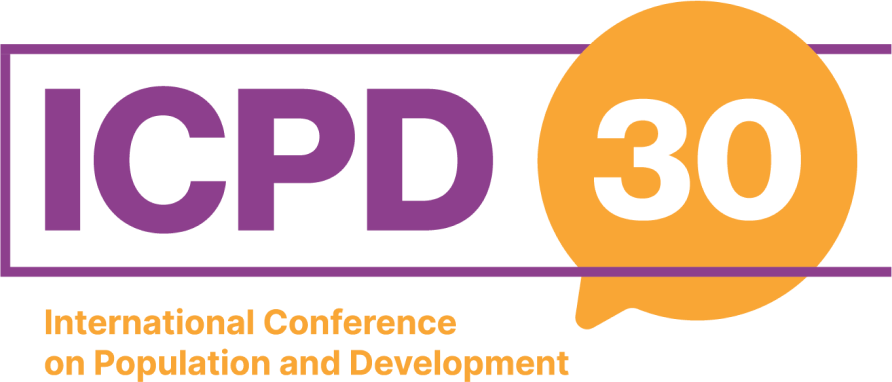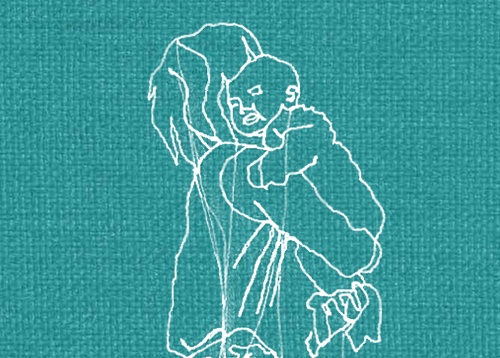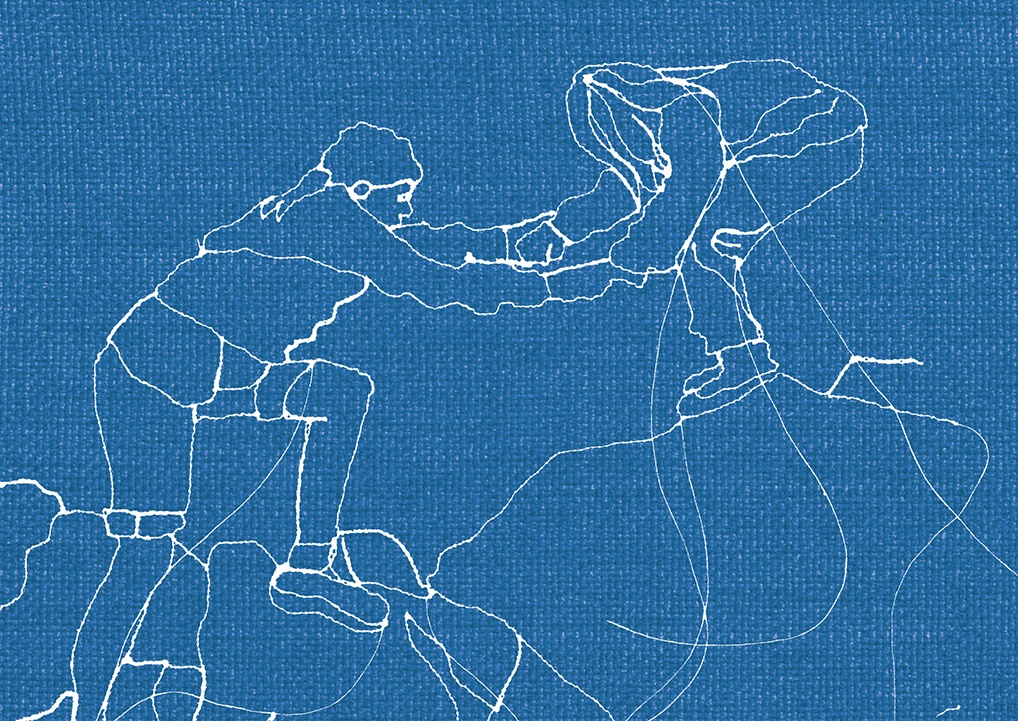Over the past 30 years, remarkable gains have been made in the achievement of sexual and reproductive health and rights for all.
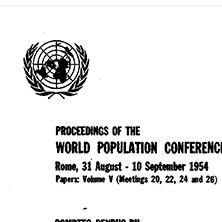
1954
First World Population Conference, Rome
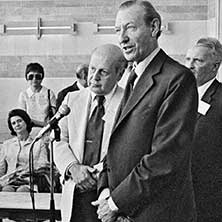
1974
Third World Population Conference, Bucharest
Feminist researchers used human rights frameworks to carve a role for themselves
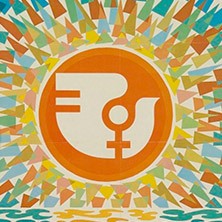
1975
The United Nations Decade for Women begins
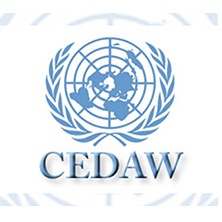
1976
Convention on the Elimination of all forms of Discrimination Against Women (CEDAW) is drafted and approved
CEDAW is drafted and approved
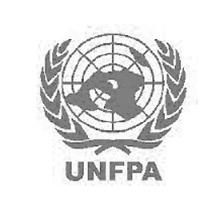
1977
First International Women and Health Meeting (IWHM), Rome
First International Women and Health Meeting, Rome

1979
CEDAW is adopted by the General Assembly
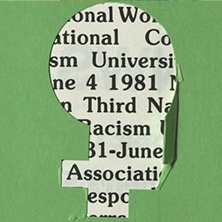
1981
Third International Women and Health Meeting, Geneva

1984
Fourth International Women and Health Meeting, Amsterdam
International Conference on Population, Mexico
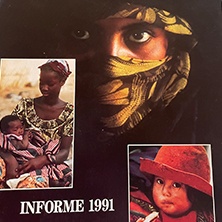
1990
Preparations for ICPD 1994 in Cairo begin
Women’s organizations mobilize to influence the existing population agenda
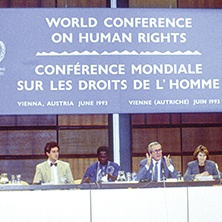
1992
Women’s Declaration on Population Policies is signed

1994
International Conference on Population and Development (ICPD), Cairo
Preparatory Conference, Rio de Janeiro
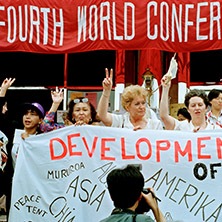
1995
Fourth World Conference on Women, Beijing
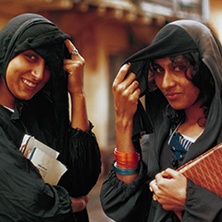
1999
ICPD+5: Youth movements are engaged to help advance the ICPD agenda among a new generation

2000
The Millenium Declaration is adopted by the United Nations General Assembly, followed by the Millenium Devolopment Goals

2005
MDGS+5: Advocates succeed in having universal access to reproductive health included in the Millenium Development Goals
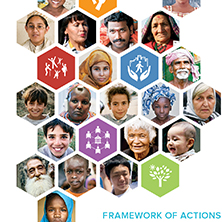
2014
ICPD+20: Once again, experts, feminists, youth, NGOs and governments mobilize around the ICPD agenda
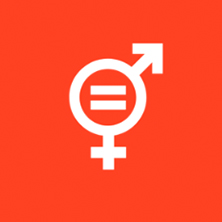
2015
The 2030 Agenda for Sustainable Development is adopted, leading to the Sustainable Development Goals
The 2030 Agenda for Sustainable Development is adopted, leading to the SDG Goals
The #NiUnaMenos movement emerges across Latin America, calling for an end to femicide and ultimately leading to the Green Wave
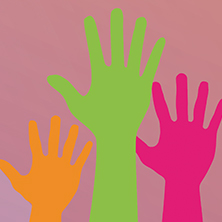
2017
The SheDecides movement is launched in support of reproductive health and rights, and the #MeToo movement erupts in response to millions of women decrying sexual abuse and harassment
The SheDecides movement is launched and the #MeToo movement erupts
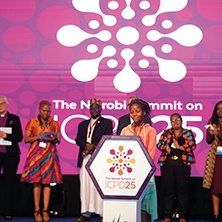
2019
Nairobi Summit on ICPD25
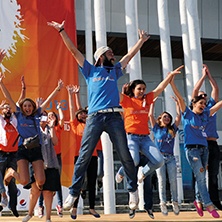
2021
The Generation Equality Forum takes place

What women workers wanted was for the labour movement to ensure gender-related issues are part of the core agenda; it’s not just about wages.
Nandita Shivakumar, India Read story
Artwork
Textiles blur the boundary between art and function, practicality and beauty. Women’s movements have long used textiles to draw attention to a range of issues – from body positivity to reproductive justice and systemic racism. Contemporary artists and women-led textile collectives continue this tradition by producing artwork which reflects their local environments and traditions. As it has for thousands of years, textile art continues to offer women around the world the means to connect with previous and future generations of women in their families and communities.
We would like to thank the following textile artists who contributed to the artwork for this report:
-

Nneka Jones
-
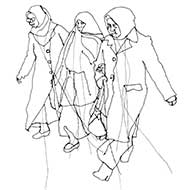
Rosie James
-
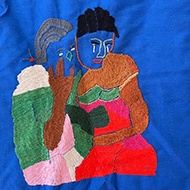
Bayombe Endani, represented by the Advocacy Project
-

Woza Moya
-
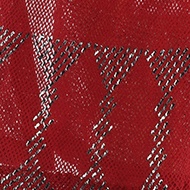
The Tally Assuit Women’s Collective, represented by the International Folk Art Market
-
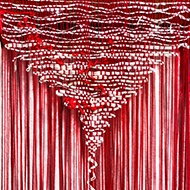
Pankaja Sethi

